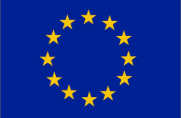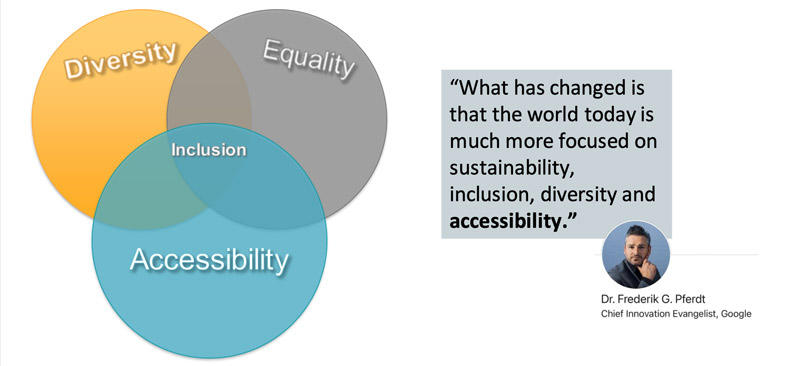- Why Allyable™
- Solutions
- A11y360™ All-in-One Digital Accessibility Hub
- A11yAcademy™ The Source of Digital Accessibility Knowledge
- A11yDev™ Design with Accessibility in Mind
- A11yAudit™ – AI Superior Scanning
- A11yCheck™ – The Ultimate Source-Code Accessibility Validation Tool!
- A11yCaption™ – AI Live Caption
- A11yDoc™ – The Future of Document Accessibility
- Integrations – Integrate to Most Popular CMS Platform
- Resources
- Pricing
Menu
Menu
[xoo_el_action type="login" display="button" text="Login" change_to="logout" redirect_to="same"]
Menu







